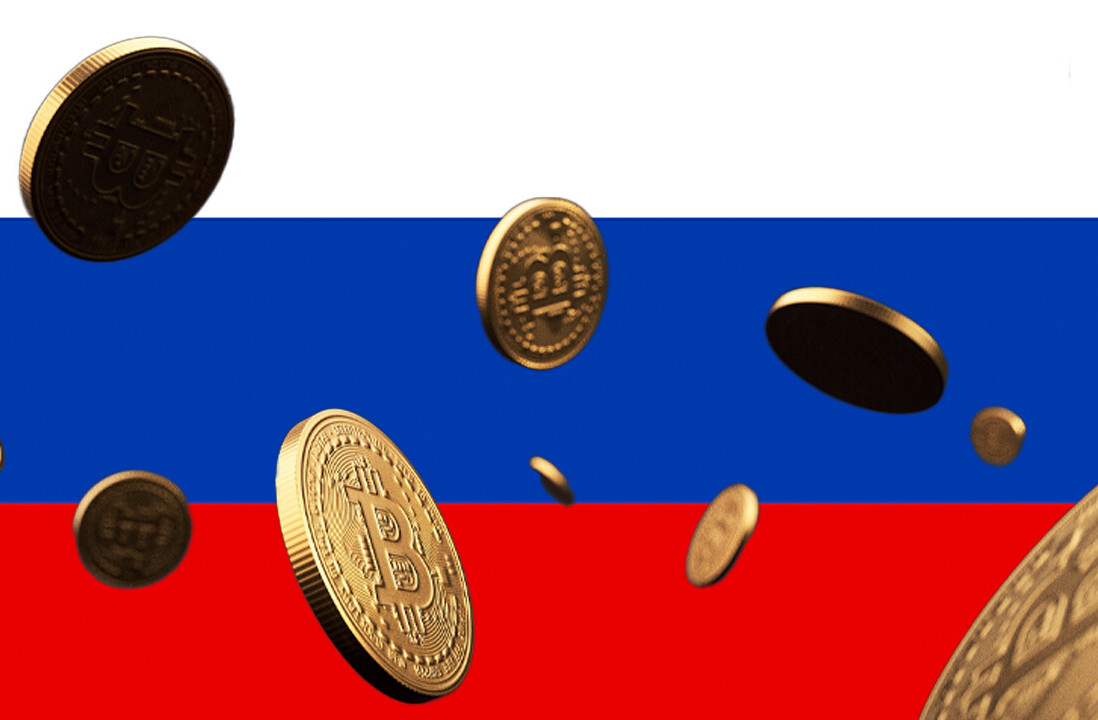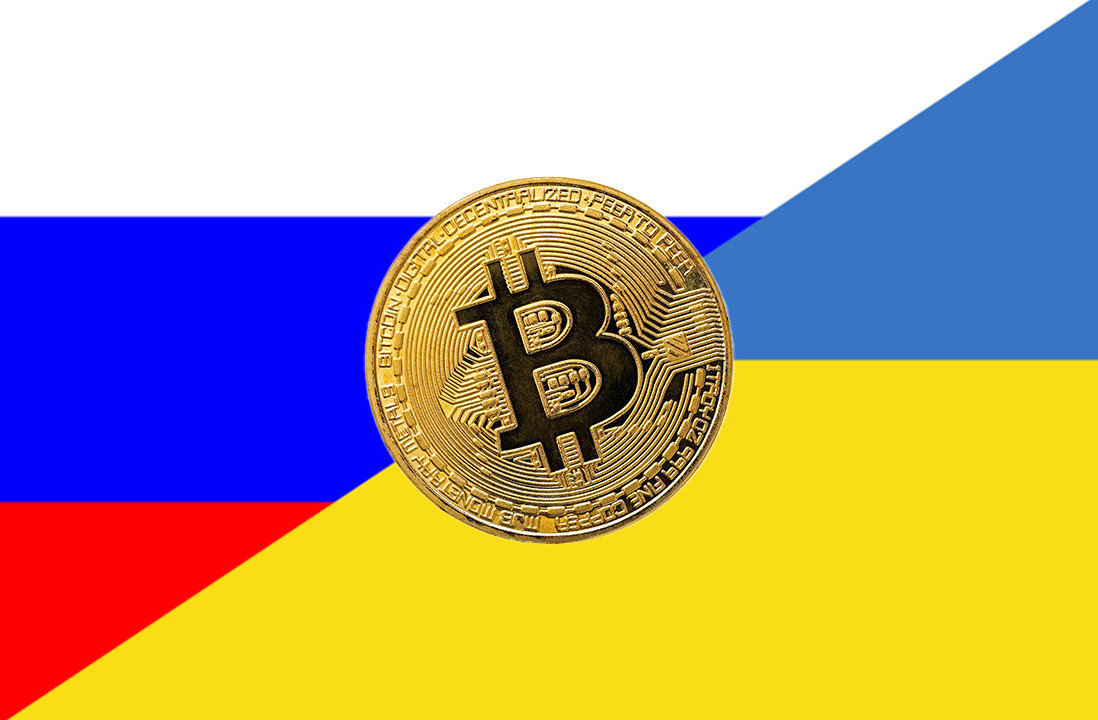
As with any new innovation, it takes some time before the incumbents in the sector fully adopt change. The same is true for crypto. Just a few years ago, early adopters hit the headlines, with young, tech savvy, amateur investors becoming rich overnight. Today, with the influx of easy-to-use crypto trading apps and, even the adoption of the digital currencies by governments, it’s now on the cusp of mainstream adoption.
Surprisingly, although some traditional investors have been experimenting with crypto’s potential, the overwhelming majority are still apprehensive. But just what is causing this hesitancy and how can we remove these barriers to bring in wider adoption by investment firms?
At TNW Conference 2021, Efi Pylarinou, a Fintech & Blockchain Influencer, interviewed a panel of experts on what needs to happen before traditional investors adopt cryptocurrency as an investment strategy. Here’s what we found out.
It’s time for regulators to catch up
One of the biggest insecurities traditional investors have when it comes to adopting crypto is that laws and regulations have simply not caught up with the fast moving popularity of crypto.
“Business certainty is needed with an international adoption of laws. This includes a common law legal agreement and regulatory transparency on how things work,” says Ali Hassan, Senior Representative for Europe & North America at DIFC Authority.
The DIFC is the largest international financial hub in the MEASA region with over 3000 companies operating out of the hub. Its innovation ecosystem comprises 450+ tech companies including a growing blockchain community.
Hassan explains that the market opportunity in crypto assets needs to be clearer to investors with appropriate safeguards in place so that proper investment decisions can be made. Therefore, regulators need to step in to provide more certainty and transparency for participants.
For example, the DFSA (the independent regulator of financial services conducted in or from the DIFC) looks at examples from the EU, UK, SG, Japan and US that have ventured into the crypto space for security tokens (backed up by real assets). There are guidelines for custody, alternatives trading, operating an exchange, and how to deal with customer orders.
Christopher May, Co-founder and Co-CEO of Finoa agrees that institutional investors in the space are looking for technical security and regulatory certainty. On the technical security side, Finoa provides a platform for staking and over the counter trading in order to provide a secure environment to help realize the full potential of the crypto environment.
Describing the crypto environment, May explains that German regulators have a lot of trust and laws in place to help institutional investors get familiar and comfortable with the space. However, a lot of processes in terms of custodianship still need to mature.
For example, security modules in terms of multi-party computations, the requirement of multi-factor authentication, approvals for transactions over 10,000 or 50,000 euros, etc. Naturally, as the size of the transaction grows, the compliance protocols need to mimic those of traditional financial services models so as to make institutional investors feel safer and more comfortable.
Crypto adoption needs to go beyond regulation
”Aside from these structures, a paradigm shift needs to occur,” says Lex Sokolin, Head Economist and Global Fintech Co-Head, for ConsenSys. Consensys is a software company that enables people to use Web 3.0.
They pointed out that crypto means encrypted. One of their products is Metamask, a crypto wallet which not only has financial users but also media and entertainment, NFTs, gaming, etc to name a few. Sokolin insists that crypto isn’t just an asset class but also a platform for user generated content.
Millions of tokens are issued every day on blockchains and in virtual worlds. Similar to writing emails, tokens and digital assets have this trajectory in terms of volume. Computational blockchains enable the creation, transaction, and building of communities. Therefore, what’s going to drive money into the space is not functional permission, but underlying innovation and expansion of value.
Using an analogy, Sokolin points out that, when email started, there were a lot of scams but we didn’t end up outlawing it because of trojan horses and viruses. What resulted was a spam filter that learns every time you move an email to spam. So, the fundamental and real challenge is the mindshift that has to occur before institutional investors pour funds into crypto.
Scams need to be addressed
On the subject of crypto scams, Hassan shares that security token offerings (STO), a type of public offering involving tokenized digital securities, known as security tokens, which are sold in cryptocurrency exchanges, or security token exchanges, are important for the crypto boom. To stop scam STOs, DFSA has put in place a security token regime which includes due diligence on issuers and a requirement for appropriate disclosures to be made, for example, through a prospectus type document.
This is particularly important to enable emerging markets to reap the potential benefits of crypto. Pylarinou expands by stating that, in underserved emerging markets, people are innovative in using cryptographic technologies, not for money laundering or tax evasion, but because it provides new opportunities. In this scenario, we need to move from a know your customer premise, to a know your transaction premise because people need access.
We need to combine the best of both worlds
To balance the speed of innovation of crypto and the safety of traditionally slow financial services, May thinks we need to combine the best of both worlds. An innovative new ecosystem is needed to provide customer access to trade on DEX for those customers who find the current DEX too complex to handle.
To enable institutional investors to participate in decentralized finance, you need to take some elements of what people are used to and combine it with the current innovative elements of crypto. This is in part a regulation and part consumer protection, similar to what the internet did to a couple of industries.
Disruption will always cause uncertainty but it doesn’t mean the end. Metallica sued Napster in the early 2000s and won. But it didn’t stop the music industry going from a physical closed ecosystem to a digital open ecosystem. Similarly, China banned Google and Facebook, but users found a way around it via VPN.
Sokolin thinks that China’s current ban on crypto isn’t strong enough to stop the space. But it is crucial to know what the US will do as their political stance on the asset is slightly confusing. Regulation might slow progress, but it won’t change the underlying creative assets.
Taking old principles into a new ecosystem
Hassan believes that the analogy of Napster is quite similar to what’s currently happening in the crypto space. The ecosystem is new and the jurisdiction is new, but the challenges occur when there is trading going on. Issues about price discovery and post trade transparency need to be resolved and standards of behavior and accountability need to be established.
For example, how do you know who is offering the best fair Bitcoin price? For this, we may need to take principles from the old world and apply them to the new world. There are fiduciary responsibilities for institutional investors because, at the end of every investment chain, is a retail investor.
Hassan also reveals that currently the DIFC is working on a regulatory regime for cryptocurrencies to be published around December 2021.
In summary, there are a combination of regulatory and technical elements that need to be resolved for institutional investors to get on board, but we are seeing positive movement in this area by various regulators and technical solution providers.
Get the TNW newsletter
Get the most important tech news in your inbox each week.






